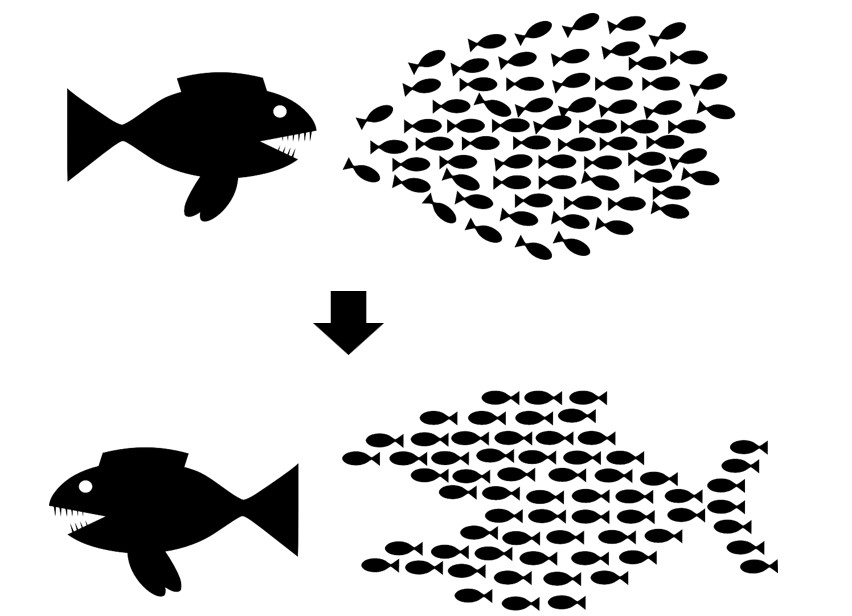The Recovery Phase
A well prepared organisation or community that responds effectively to a traumatic incident can have a significantly positive impact on the staff or community group affected.

It is important for organisations and communities to balance the needs of the organisation with the needs of the individual.
Focusing on the needs of the organisation, rather than the needs of individuals, or even being perceived as doing this, can leave staff feeling unsupported and invalidated. This in turn may increase the time it takes for those individuals to recover from the incident, return to work or to return to previous levels of performance.
Similarly lack of support for communities can compound the difficulties caused by the incident leading to increased confusion, mistrust, frustration and anger reducing the effectiveness of services within the communities at the time of greatest need.
The Four Distinct Tasks
During and immediately after an incident our natural survival mechanisms take over. Quite soon after this the recovery phase begins. Royle and Kerr (2016) have identified four distinct tasks that need to be completed in the recovery phase. These are to:
1. Re-establish a sense of safety
- Bringing survival mechanisms to a stop and bringing about calm to the body and mind.
2. Make sense of what happened
- Think about what can be learnt from the experience. This learning may improve the chance of survival in the future.
3. Protect against further threat
- Take action to avoid the experience happening again.
4. Protect against psychological overwhelm
- Take steps to re-establish a sense of balance and stability.
Demonstrating that there are tried and tested plans in place to support staff and communities with ensuring their basic needs are met, means the individuals concerned are more able to focus on other tasks aiding each other and their communities. This is particularly relevant when those communities or organisations are composed of helpers, volunteers and responders.
For further information about how to support responders and volunteers following sections of the ‘Incident Preparedness’ course:
- Meeting adult survivors needs for safety and comfort.
- Meeting children and young people’s survivors needs for safety and comfort.
- Creating feelings of stability.
Please also see the following section of the ‘Dealing with the Personal Impact of a Major Incident’ course:
- Impact on Helpers.
Find both courses in the course section of our website.